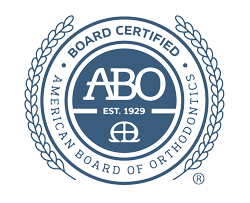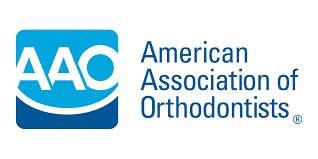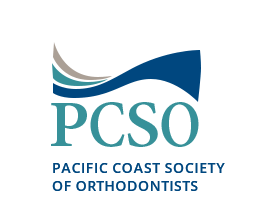 An orthodontist typically recommends parents start to encourage their children to not suck their thumb at a young age to avoid potential alignment concerns with their teeth or concerns such as “buck teeth". This guide offers insights into why thumb-sucking after a certain age is discouraged by orthodontists.
An orthodontist typically recommends parents start to encourage their children to not suck their thumb at a young age to avoid potential alignment concerns with their teeth or concerns such as “buck teeth". This guide offers insights into why thumb-sucking after a certain age is discouraged by orthodontists.
Answers from an orthodontist about childhood thumb-sucking
The following is an informative guide on the connection between thumb-sucking at an early age and the need for orthodontic treatment. This should help you make more informed decisions about how to handle your child’s thumb-sucking and understand what is considered normal and when discouraging the natural act may be recommended.
Why do toddlers suck their thumb?
Thumb sucking is normal in babies and helps them feel relaxed and secure, hence the purpose of pacifiers for young babies. When the pacifier is removed, children may start to suck on their thumb or fingers instead. Many toddlers suck their thumb primarily when they are stressed (e.g., such as when they are hungry and ready to eat) or while they are sleeping. While this is relatively normal at a young age, it could become problematic if it continues for too long into their childhood and development.
At what age is thumb-sucking concerning from an orthodontic perspective?
Thumb-sucking is normal throughout the toddler age range, which, according to the Centers for Disease Control, is between the age of one and three. However, once children turn four, then it may be time to discourage thumb-sucking to avoid potential orthodontic concerns. With that said, parents should not expect their children to suddenly stop sucking their thumb, and it is important to be patient throughout the process.
How can I encourage my child not to suck their thumb?
You can make the process of stopping your child’s thumb-sucking habit go more smoothly by telling them ahead of time that you are going to do so; it is best to wean them away from the habit rather than quit cold turkey. When they do not suck their thumb at times when they normally would, it is helpful to praise them for it. It can also help to understand why they suck their thumb and avoid situations where they may be tempted to do so.
How can an orthodontist correct alignment issues caused by thumb-sucking?
The good news is that while thumb-sucking can increase the risk of orthodontic concerns in children, orthodontists can treat any concerns that develop. They can do this most notably through braces and clear aligner treatments, which move teeth into their ideal alignment.
Ready to schedule an orthodontic appointment?
We encourage parents to bring their child in for a consultation when their permanent teeth begin to erupt, which is usually around the age of seven. Contact our office today to set up a convenient time for you and your child to come in and discuss potential orthodontic treatment.
Request an appointment or call Paramount Orthodontics at 562-367-7034 for an appointment in our Downey office.
Related Posts
With each passing year, more and more people visit the orthodontist. For decades, there has been a perception that orthodontic treatment should only be done on children and teens, but this is finally changing. Advances in orthodontic technology can be credited for a large part of this. Clear aligners may be precisely what you need…
An orthodontist typically offers clear aligner treatments for patients that want a reliable and discreet way to straighten their smile. This blog post discusses some of the more frequently asked questions that orthodontists receive regarding clear aligners and the benefits they can provide. Read on to learn more about clear aligners.Some of the more frequently…
Are you thinking of visiting an orthodontist to treat your smile? There are various problems that can hamper your appearance and make you feel embarrassed. If you have crowded teeth, you may want to know what is causing this issue. An orthodontic professional can help resolve any concerns you have and give you the information…






